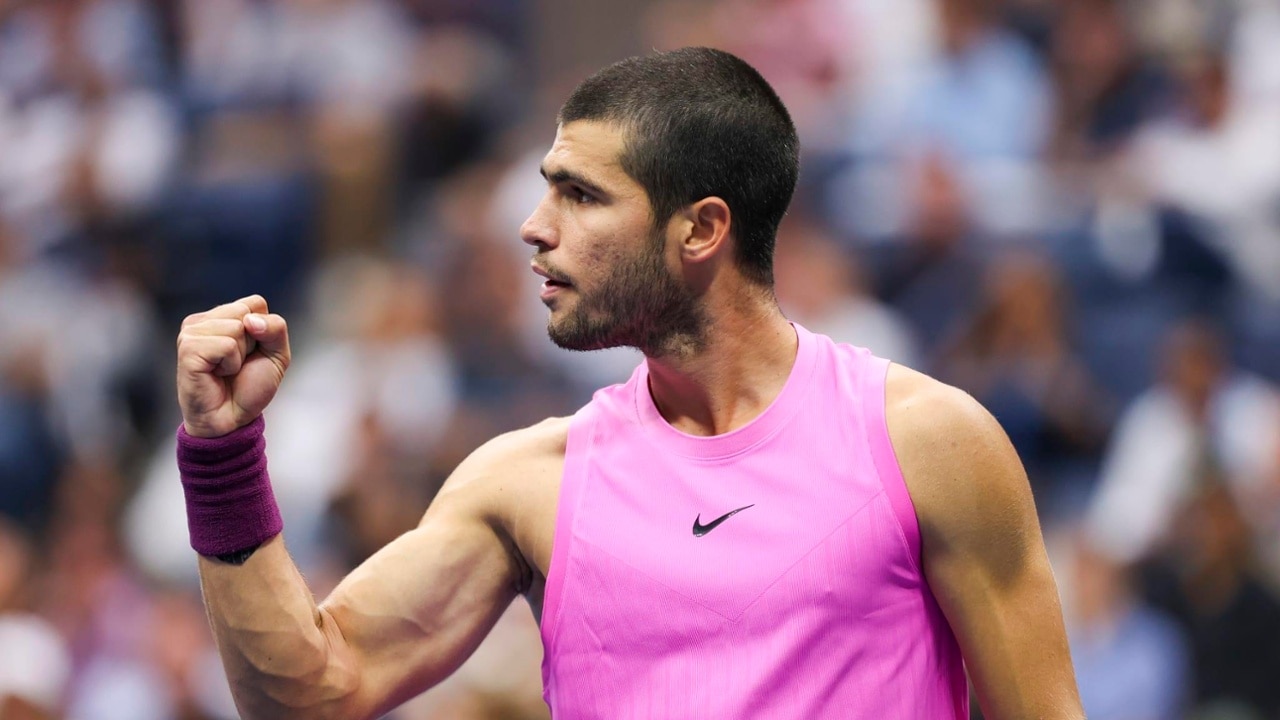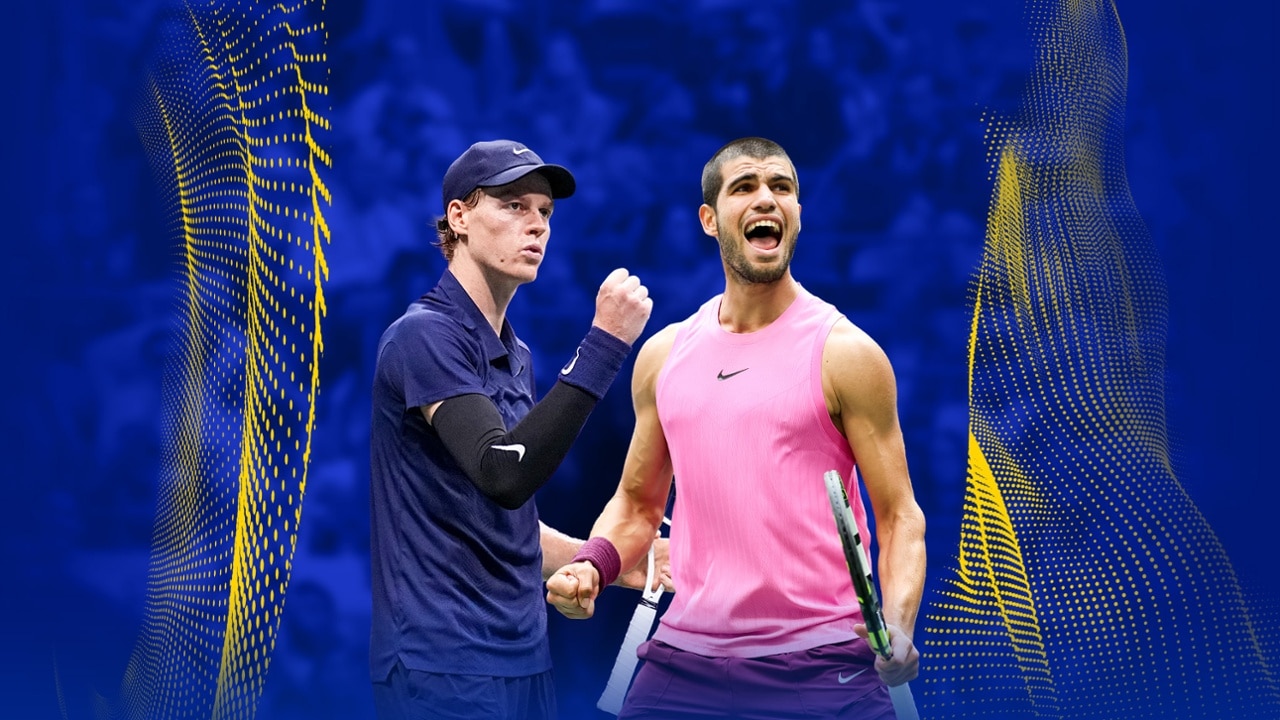Sinner ready to chase Alcaraz after US Open final and loss of world No. 1

Sinner ready to chase Alcaraz after US Open final and loss of world No. 1
Jannik Sinner vows to add unpredictability—especially on serve—after falling to Carlos Alcaraz in the 2025 US Open final, a result that cost him the top ranking.
As an Emirati tennis fan watching from the Gulf, the 2025 US Open men’s final felt like a turning point. Jannik Sinner’s defeat to Carlos Alcaraz not only handed over the trophy, it also reshuffled the top of the rankings—and lit a fresh fire in Sinner’s pursuit.
The final that reset the chase
Sinner arrived as the defending champion and world No. 1. He leaves New York with neither, after a high-quality final where Alcaraz’s cleaner execution and superior serving patterns made the difference. The rivalry scoreline moved again, and so did the narrative: Sinner says he is now the one who must chase.
What Sinner is taking forward
- He acknowledged Alcaraz was "slightly better" across key moments—especially on serve.
- He intends to make targeted serve adjustments and add tactical variety.
- He’s willing to experiment—even if it means dropping a few matches—to become less predictable.
- Despite the loss, he views the season as "amazing": four major finals, two titles.

From Plan A to a fuller playbook
Sinner admitted that cruising through earlier rounds on a dominant baseline game left him short of a Plan B in the final. Against Alcaraz’s mix of pace, spin, and improvisation, he wants to inject more misdirection and proactive patterns.
- Serve variety: Adjust spots and speeds; disguise the body serve; mix in slider-kick combinations.
- First-strike intent: Build points off the serve with earlier court positioning.
- Front-court pressure: Selective serve-and-volley to punish deep returns.
- Touch and tempo: Timely drop shots and pace changes to disrupt rhythm.
Why unpredictability matters
At his best, Sinner’s baseline game has a high floor. But in finals, variety often wins the margins. A few new layers—especially behind the serve—could turn tight sets into statement sets.
Mini “tale of the tape” from the final
| Area | Sinner | Alcaraz |
|---|---|---|
| Serve patterns | Reliable, but predictable at times | Cleaner, more varied under pressure |
| Point construction | Heavy baseline aggression | Mix of power, spin, and touch |
| Big moments | Level dipped slightly | Raised level when needed |
Mindset shift: embracing the hunt
Sinner framed the ranking change as fuel. No longer No. 1, he’s ready to “chase”—a perspective that often sharpens focus for the long season ahead.
Season snapshot and the rivalry’s arc
Zooming out, Sinner’s year remains outstanding: four Grand Slam finals and two titles. The rivalry with Alcaraz is still neck-and-neck at the sport’s summit, and their tug-of-war over momentum looks set to define the next chapter of men’s tennis.

Why it resonates in the UAE
In the Emirates, where late-night tennis viewings are part of the sporting fabric, this duel embodies what fans crave: elite athleticism, tactical evolution, and respectful rivalry. Sinner’s commitment to growth—and Alcaraz’s relentless variety—will keep screens lit from Abu Dhabi to Dubai as the tour heads into its next phase.
